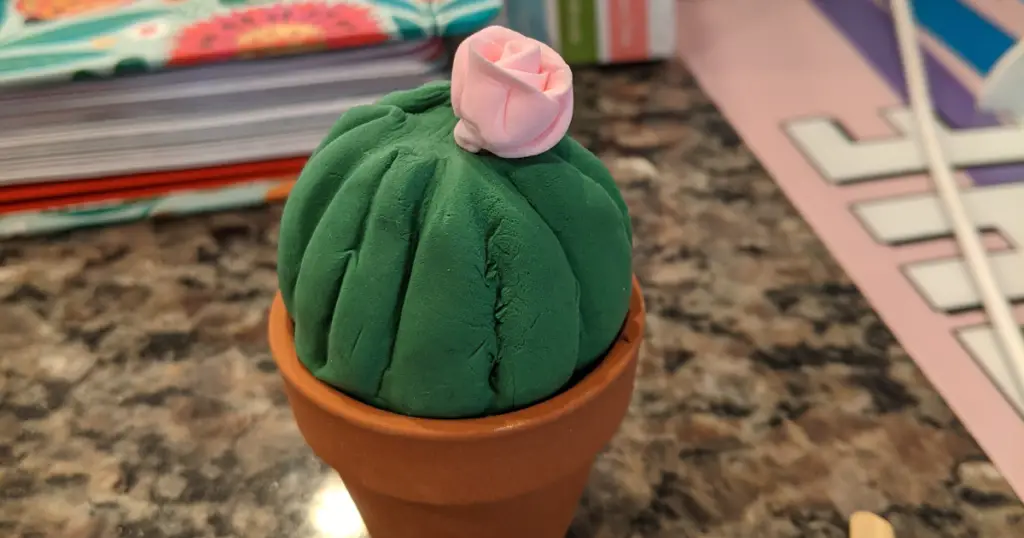In this post, we’ll explore cactus roots and answer the question of how deep they grow. Cacti are known for their unique appearance and impressive ability to thrive in harsh desert conditions. However, their root systems are often overlooked and not given the attention they deserve.
Dig in!
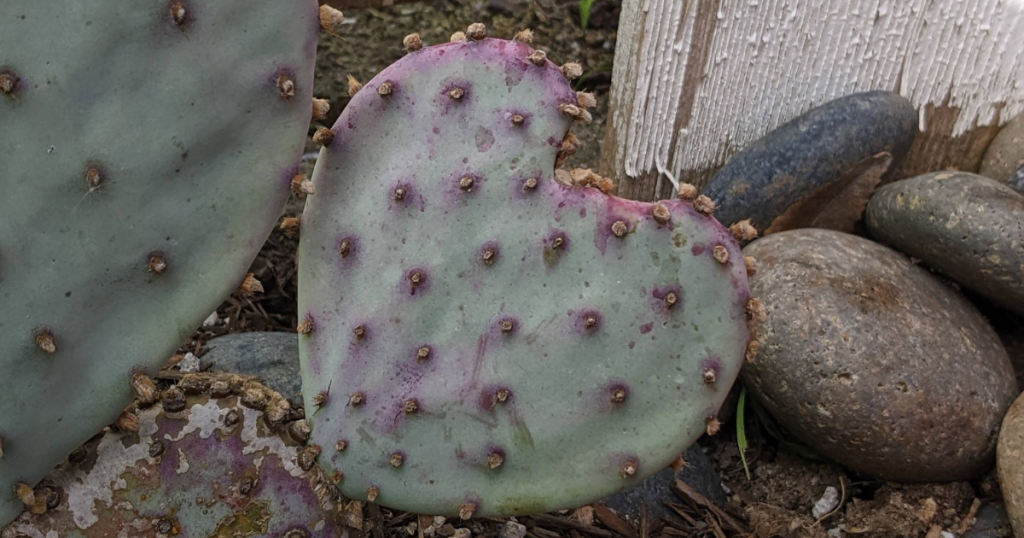
Do Cactus Have Roots?
The Mighty Taproot: Extending Deep Into the Earth
The majority of cacti boast a prominent central taproot that extends deep into the soil, reaching for water and nutrients buried underground. This thick taproot serves as a lifeline for the cactus, enabling it to access water reserves that are not available on the surface.
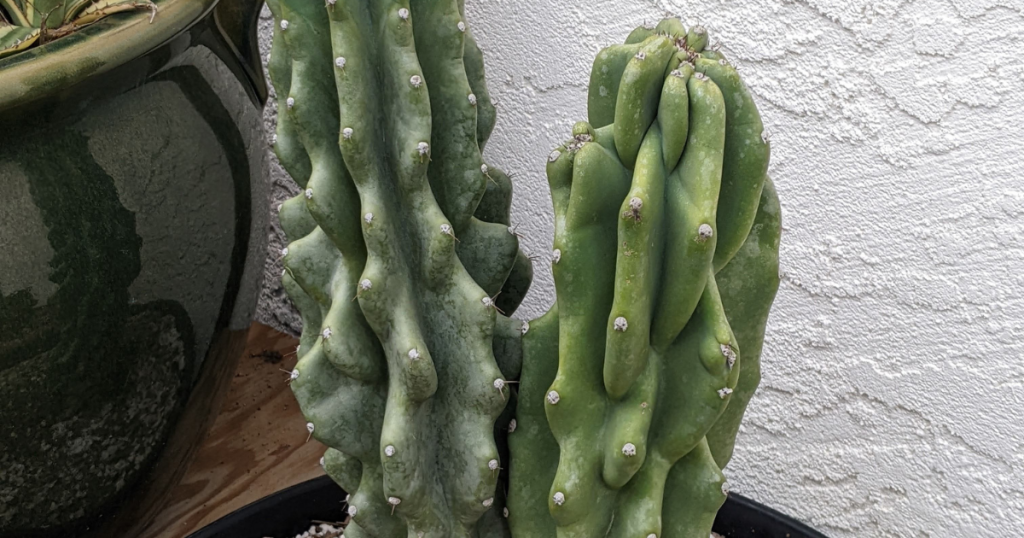
In some cases, the taproot can grow exceptionally long, allowing the cactus to survive even the most prolonged droughts. Knowing this, I’ll deeply water the ground well ahead of a heat wave so that my cacti have plenty of time to take up as much water as they need to survive a drought.
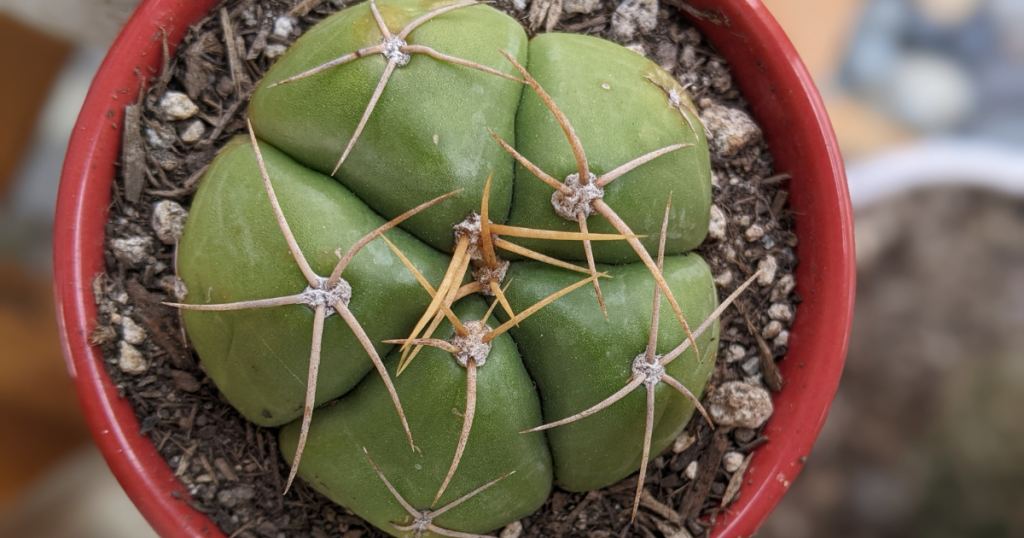
Abundant Lateral Cactus Roots: Capturing Moisture from Light Rains
Apart from the main taproot, cacti also possess numerous smaller lateral roots that radiate outwards from the central root, near the surface.
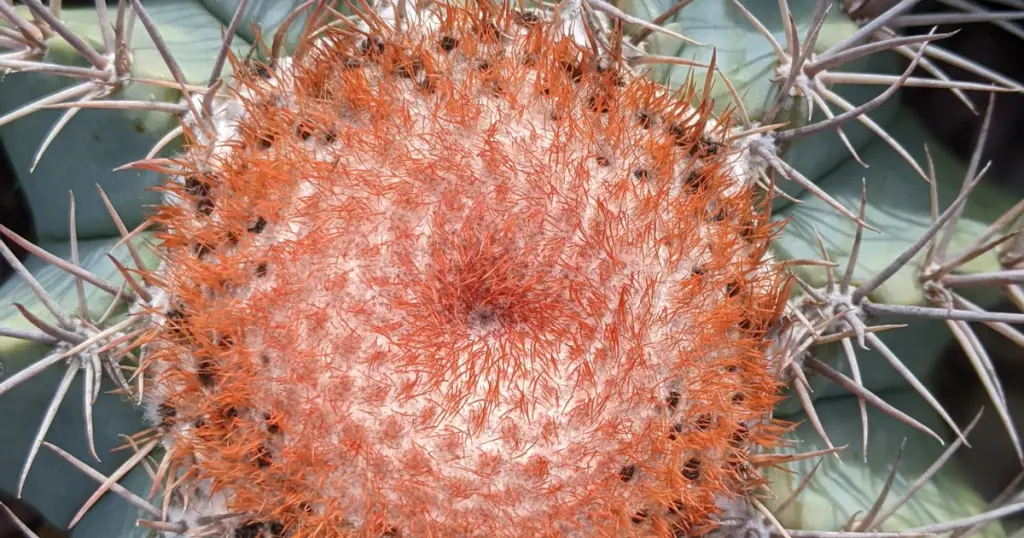
These lateral roots play a crucial role in absorbing moisture from light rain showers and dew, providing the cactus with a supplementary water source during dry spells.
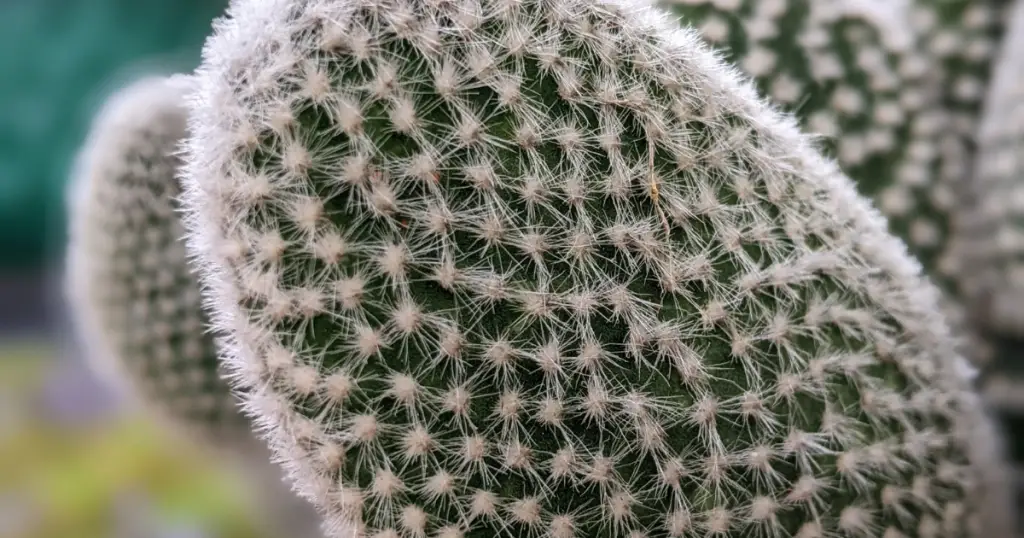
Shallow and Fibrous Root Systems: Water Collection Just Below the Surface
Many cacti have evolved fibrous, shallow root systems that extend horizontally just below the soil surface. The shallow roots of a cactus are adept at collecting water from the uppermost layers of the earth, making the most of even the smallest rainfall or condensation. This adaptation is particularly advantageous in arid regions where water is scarce and sporadic.
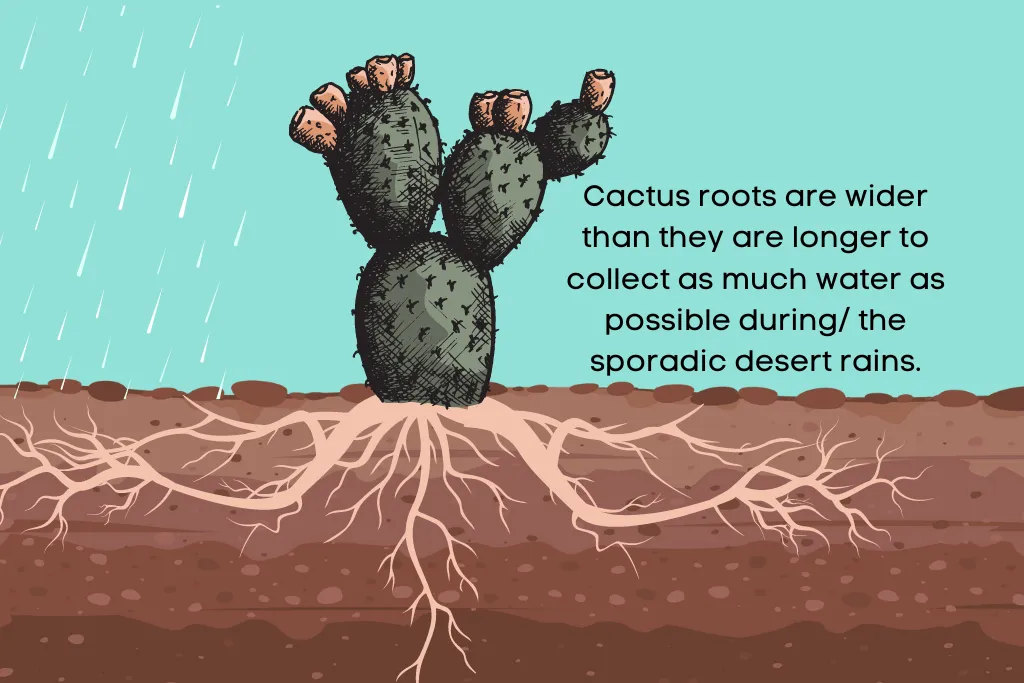
So, why do cactus have shallow roots?
Cacti have shallow root systems for a few key reasons:
- To absorb water from light rains and dew – The roots of many cacti spread out close to the soil surface, allowing them to quickly take up moisture from small amounts of precipitation or condensation before it evaporates in the desert heat.
- To cover more ground – Shallow horizontal roots allow cacti to access moisture from a larger area as it rains sporadically on different parts of the desert.
- Lack of need to anchor – Unlike trees and shrubs, most cacti don’t grow large enough above ground to require deep anchoring by roots. Shallow roots suffice.
- Limited nutrients – Nutrients tend to accumulate closer to the surface in arid soils. Extensive deep roots would be searching in vain where nutrients are scarce.
- Avoid competition – Deep roots would compete for water with other desert plants like mesquite trees with deep taproots.
So while cacti may also have a central taproot, the shallow lateral, fibrous root system is an adaption to optimally collect precious surface moisture in an arid climate with extreme temperatures.
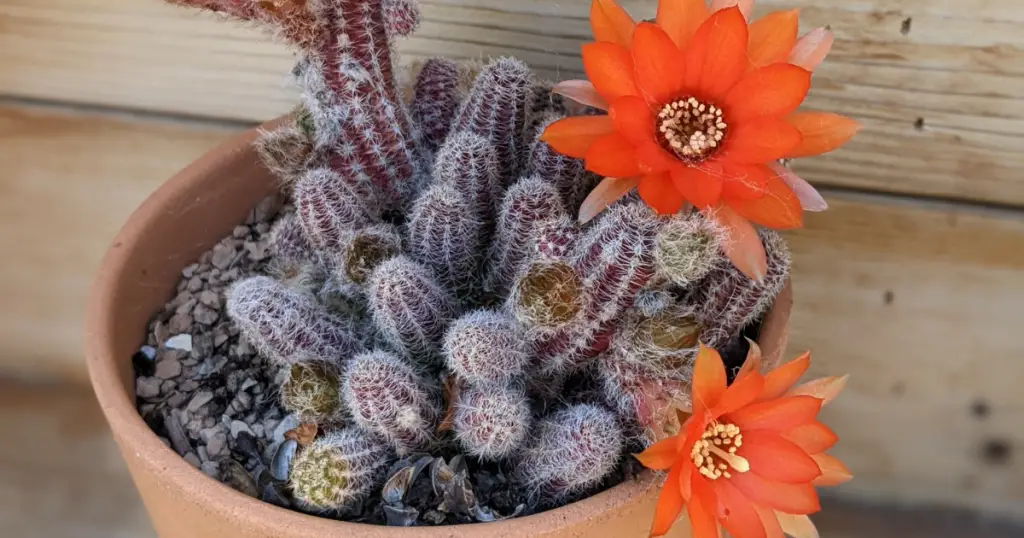
So, to answer the question: “Do cactus have deep roots?”
That answer is not always.
Minimal Root Hairs, Maximum Efficiency
Compared to other plants, cacti have minimal root hairs. However, this does not hinder their ability to take in water and nutrients efficiently.
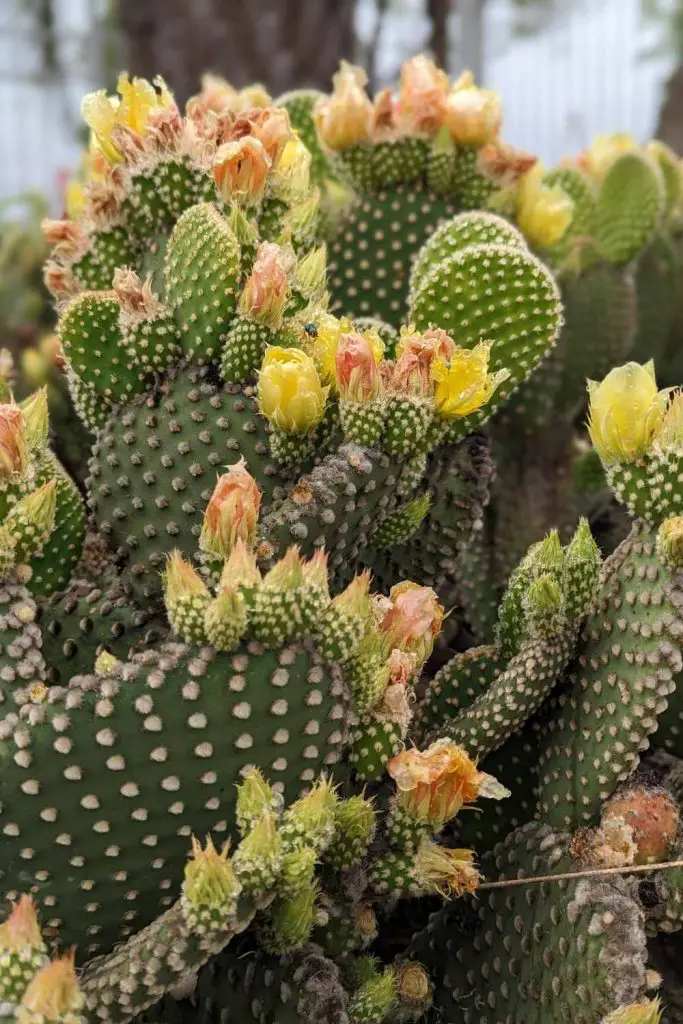
Cactus root structures are well-designed to optimize water absorption and ensure their survival in harsh conditions.

Tuberous Roots: Water-Storage Reservoirs During Drought
Certain cacti have evolved enlarged, water-storing tuberous roots that act as reservoirs during periods of drought.

Cactus roots are specialized and adapted to store considerable amounts of water, sustaining them through extended periods without rainfall.
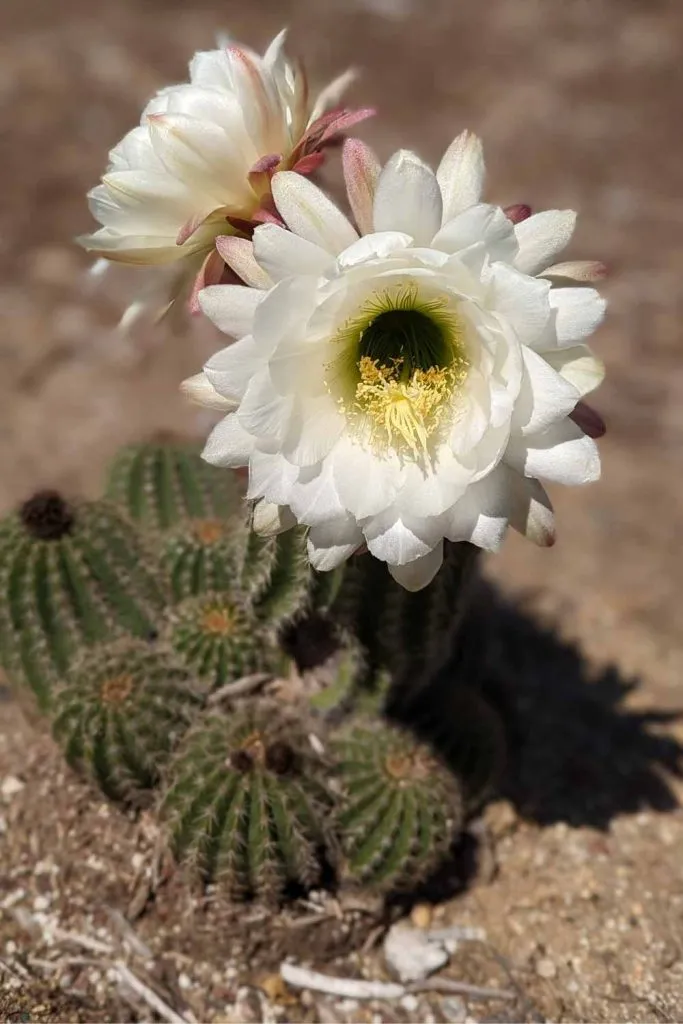
Aerial Roots for Epiphytic Cacti: Embracing Trees for Support
Epiphytic cacti, which grow on trees, have aerial roots that are uniquely adapted to grasp onto bark and absorb moisture.

These aerial cactus roots enable the plant to attach themselves firmly to the host tree, ensuring stability while also absorbing water from the surrounding atmosphere.

Waxy Cuticle: The Shield Against Water Loss and High Temperatures
The roots of cacti are protected by a thick, waxy cuticle. This cuticle serves as a shield against water loss through evaporation and minimizes damage caused by scorching temperatures. By reducing water loss, cacti can conserve valuable moisture and endure in arid environments.
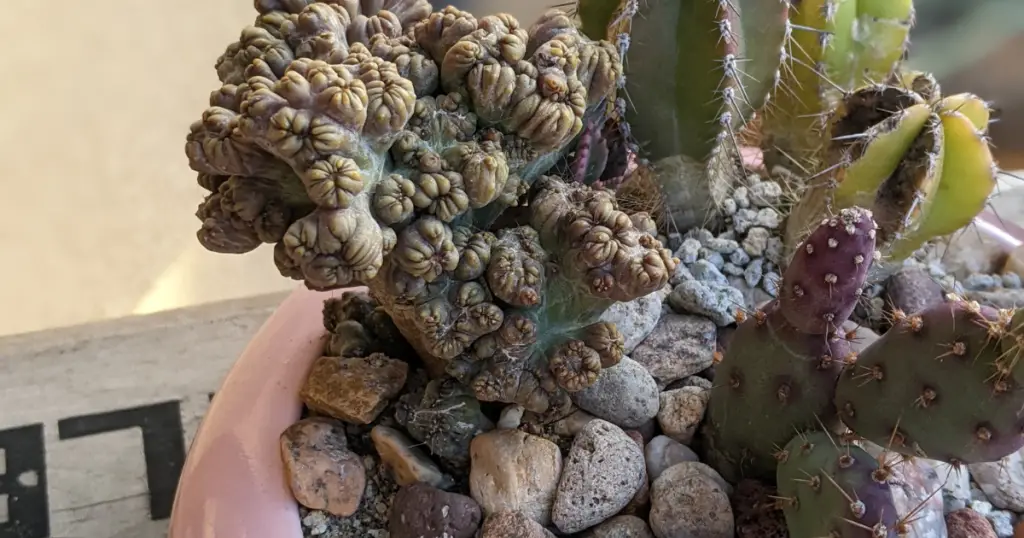
Caring for Cactus Roots
When it comes to caring for cactus roots, the key is to provide adequate drainage to prevent waterlogging, which can cause root rot. Cacti are adapted to store water in their stems and leaves, so they do not need to be watered frequently. Watering should be done sparingly, and the soil should be allowed to dry out completely before the next watering session.

If you’re repotting a cactus, it’s important to use a well-draining soil mix that will prevent the roots from sitting in water. A mix of coarse sand, perlite, and peat moss can provide the ideal soil conditions for cacti. Additionally, avoid adding a layer of gravel or small stones to the bottom of the pot, as this can impede drainage and cause waterlogging.

Common Issues with Cactus Roots
Root Rot
Overwatering can lead to root rot, a common issue where the roots become mushy and blackened. Ensure proper watering and use well-draining soil to prevent this problem.
Aerial Roots
Sometimes non-epiphytic cacti develop aerial roots, which grow above the soil. This can be a sign of insufficient watering or high humidity. Adjust your care routine accordingly to address this issue.
FAQs
Which type of root does cactus have?
Cacti can have either taproots, fibrous roots, or a combination of both, depending on the species and environment.
Do cactus have tap root or fibrous root?
Cacti can have either type. Taproots are deep and help access underground water, while fibrous roots are shallow and quickly absorb rainfall.
How deep do cactus roots go?
Taproots can grow several feet deep, while fibrous roots typically extend a few inches below the soil surface.
What type of root does cactus have?
Cacti have specialized root systems that include taproots, fibrous roots, or both, tailored to their specific needs and habitats.
Why do some cactus have long roots?
Long roots, particularly taproots, help cacti access deep water sources, ensuring their survival in arid conditions.
